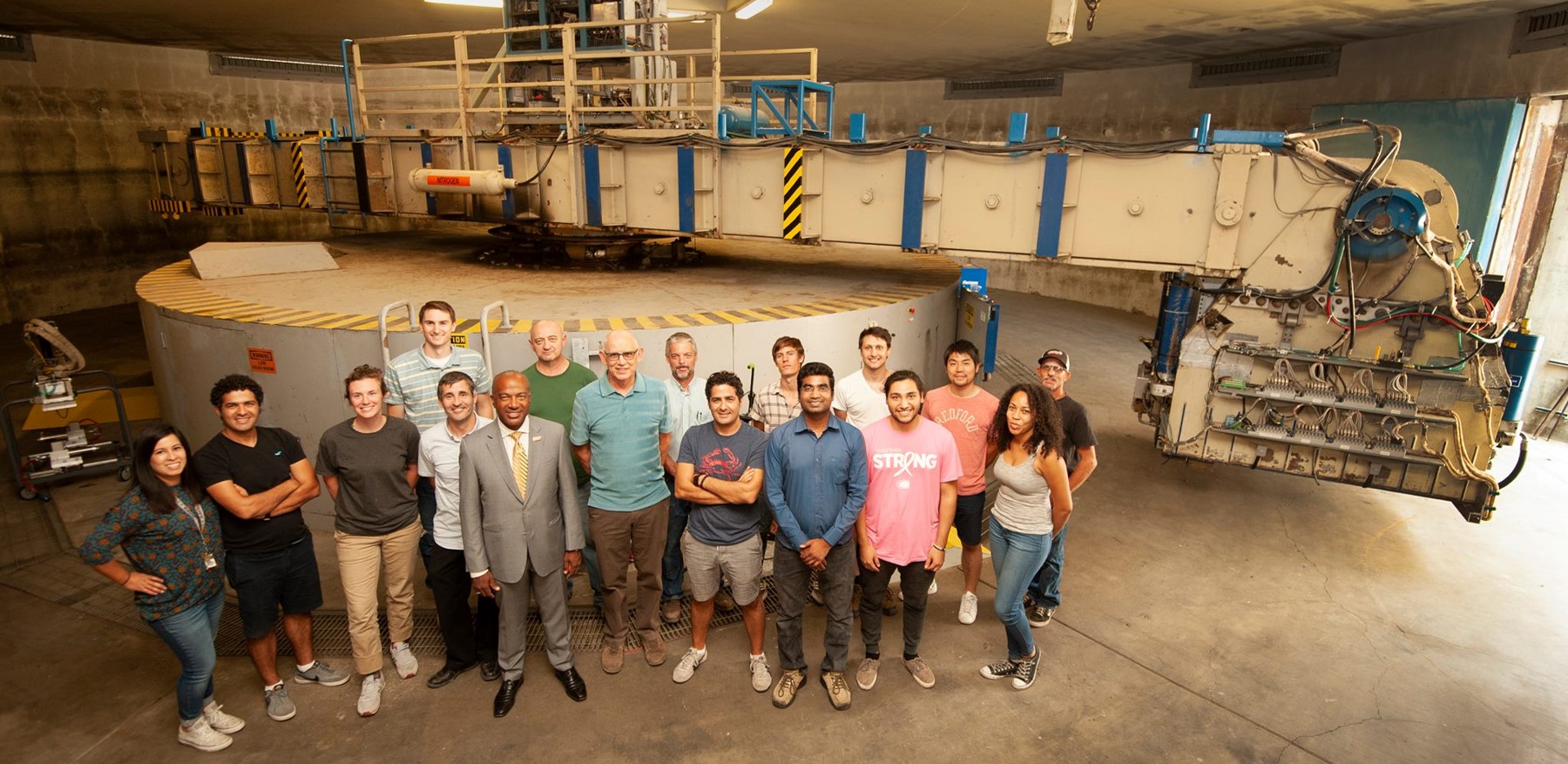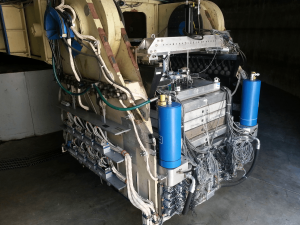Current and recent topics
- Performance of embankments on spatially variable deposits of liquefiable sands and soft clays.
- Strength loss and strain-softening in contractive fine-grained soils under static and seismic loading.
- Constitutive modeling of liquefaction in sands and cyclic softening in clays/silts. In collaboration with Katerina Ziotopoulou.
- Soil liquefaction during earthquakes. In collaboration with I. M. Idriss.
- Cracking and concentrated leak erosion failure modes in embankments. In collaboration with Jason DeJong & Jack Montgomery.
- NHERI Equipment Facility. In collaboration with Jason DeJong, Dan Wilson, Bruce Kutter, Alejandro Martinez, & Katerina Ziotopoulou.
PM4Sand: A sand plasticity model for earthquake engineering applications
- The sand plasticity model, PM4Sand, by Boulanger and Ziotopoulou has been implemented as a dynamic link library (DLL) for use with the commercial programs, FLAC (Itasca 2016) and FLAC2D (Itasca 2023). The manual and DLL are available here.
- PM4Sand was developed for representing sands and other nonplastic granular soils in geotechnical earthquake engineering applications.
PM4Silt: A silt plasticity model for earthquake engineering applications
- The silt plasticity model, PM4Silt, by Boulanger and Ziotopoulou has been implemented as a dynamic link library (DLL) for use with the commercial programs, FLAC (Itasca 2016) and FLAC2D (Itasca 2023). The manual and DLL are available here.
- PM4Silt was developed for representing saturated, plastic silts and clays that exhibit stress-history normalized behaviors in geotechnical earthquake engineering applications.
Penetration model and inverse filtering procedures
- An inverse filtering procedure was developed by Boulanger and DeJong (2018) to correct CPT data for thin-layer and transition zone effects. A zip file containing the MatLab code with one example application to CPT data can be downloaded here.
- The penetration filter model has also been used to estimate end bearing capacities of driven piles (Bittar et al 2020).
Dynamic centrifuge modeling and archived experimental data
- Dynamic centrifuge modeling is used to study fundamental mechanisms and evaluate numerical analysis methodologies. The 9-m radius and 1-m radius geotechnical centrifuges at UC Davis are part of the Center for Geotechnical Modeling, which also serves as an equipment facility in the NSF-funded NHERI network.
- Archived experimental data from centrifuge studies at our facility are publicly available through the CGM (mostly pre 2005 data) and the NEES archives (for most recent data).


